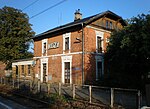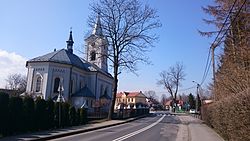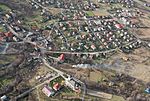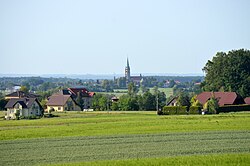Kozy
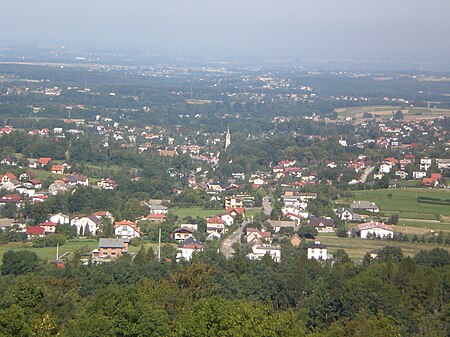
Kozy [ˈkɔzɨ] (German: Seiffersdorf, Seibersdorf, Kosy (1941–45); Wymysorys: Zajwyśdiüf) is a large village with a population of 12,457 (2013) within Bielsko County, located in the historical and geographical south-west region of Lesser Poland, between Kęty and Bielsko-Biała, and about 65 kilometres south-west of Kraków and south of Katowice. It is the largest village in Poland (by comparison - the population of Opatowiec, the smallest town in Poland, is only 338). The village name translates to 'Goats' in English, and has an area of 26,9 km2. Since 1 January 1999, following Polish local government reforms adopted in 1998, Kozy has been part of the newly established Silesian Voivodeship (province); between 1975 and 1998 it was formerly part of the Bielsko-Biała Voivodeship. The village is well connected with the nearby city of Bielsko-Biała. It has a railway transport station, and lies on National Road No. 52. Kozy is the centre of the administrative district of Gmina Kozy.
Excerpt from the Wikipedia article Kozy (License: CC BY-SA 3.0, Authors, Images).Kozy
Kościelna, gmina Kozy
Geographical coordinates (GPS) Address Nearby Places Show on map
Geographical coordinates (GPS)
| Latitude | Longitude |
|---|---|
| N 49.845 ° | E 19.141666666667 ° |
Address
Kościelna 5
43-340 gmina Kozy
Poland
Open on Google Maps

